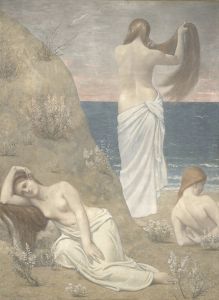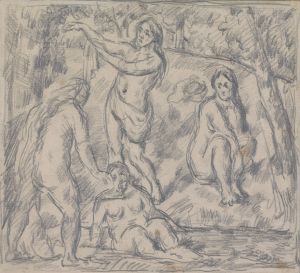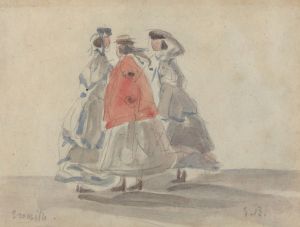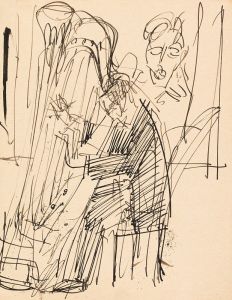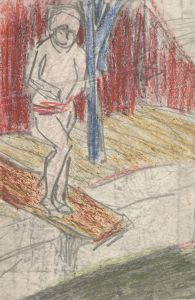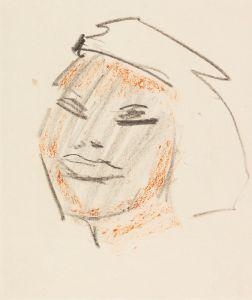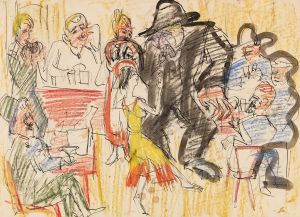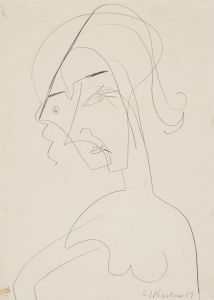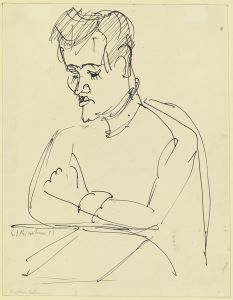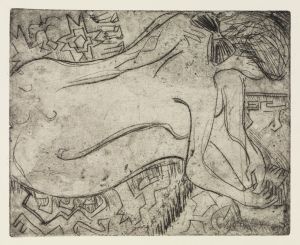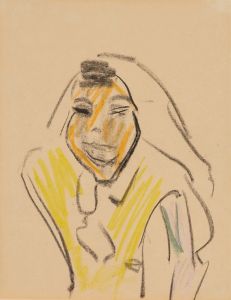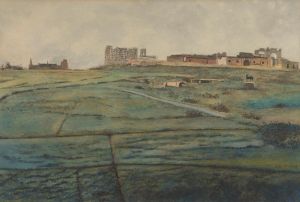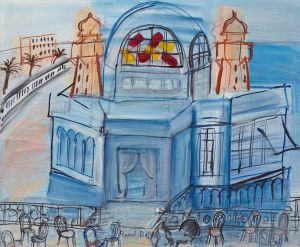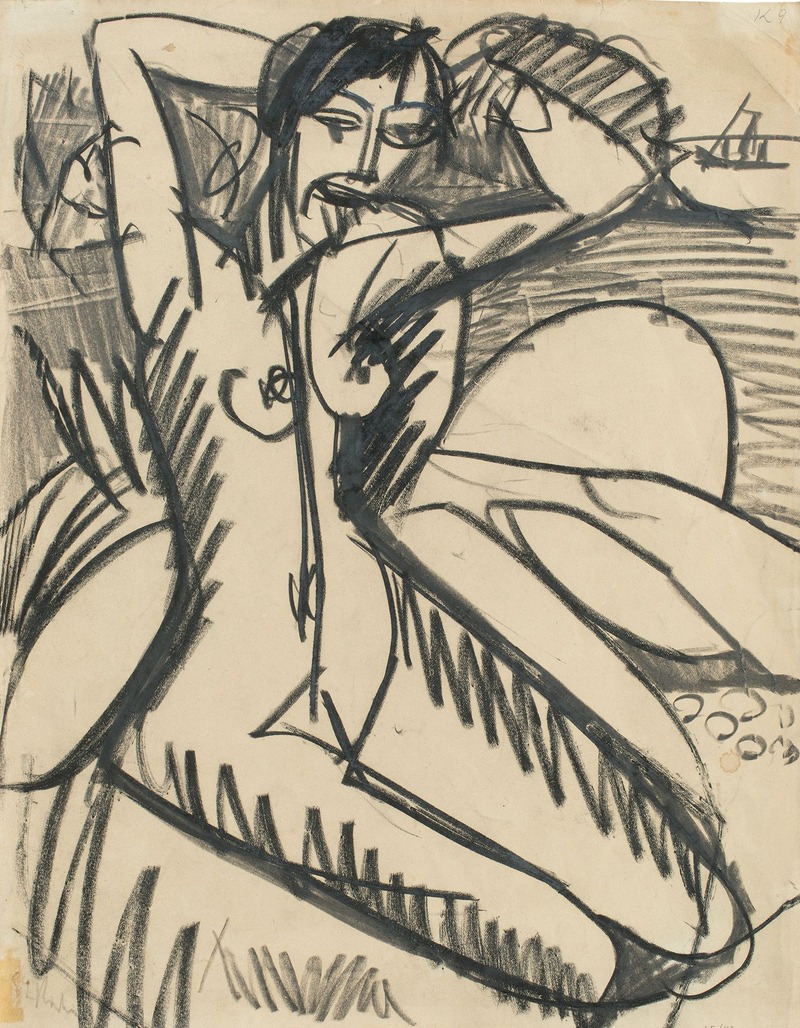
Am Strand sitzender
A hand-painted replica of Ernst Ludwig Kirchner’s masterpiece Am Strand sitzender, meticulously crafted by professional artists to capture the true essence of the original. Each piece is created with museum-quality canvas and rare mineral pigments, carefully painted by experienced artists with delicate brushstrokes and rich, layered colors to perfectly recreate the texture of the original artwork. Unlike machine-printed reproductions, this hand-painted version brings the painting to life, infused with the artist’s emotions and skill in every stroke. Whether for personal collection or home decoration, it instantly elevates the artistic atmosphere of any space.
"Am Strand sitzender" (Sitting on the Beach) is a painting by the German expressionist artist Ernst Ludwig Kirchner. Kirchner, born on May 6, 1880, in Aschaffenburg, Germany, was a founding member of the influential artist group Die Brücke (The Bridge), which played a crucial role in the development of Expressionism in the early 20th century. His work is characterized by bold colors, dynamic compositions, and a focus on the human figure.
"Am Strand sitzender" is a notable example of Kirchner's exploration of the human form and his interest in capturing the essence of modern life. The painting depicts a figure sitting on a beach, a common theme in Kirchner's work, reflecting his fascination with leisure activities and the natural environment. The figure is rendered in Kirchner's distinctive style, with exaggerated forms and vibrant colors that convey a sense of emotional intensity and movement.
Kirchner's use of color in "Am Strand sitzender" is particularly striking. He employs a palette of bright, contrasting hues that create a sense of energy and dynamism. The bold use of color is a hallmark of Kirchner's work and is indicative of his desire to break away from traditional artistic conventions and explore new ways of expressing the human experience.
The composition of "Am Strand sitzender" is also noteworthy. Kirchner often used unconventional perspectives and compositions to create a sense of immediacy and engagement with the viewer. In this painting, the figure is placed in the foreground, dominating the composition and drawing the viewer's attention. The background, while less detailed, provides a sense of context and setting, enhancing the overall impact of the piece.
Kirchner's work, including "Am Strand sitzender," was influenced by a variety of sources, including non-Western art, which he encountered through exhibitions and collections in Germany. He was particularly inspired by African and Oceanic art, which he admired for its directness and emotional power. This influence is evident in the simplified forms and bold lines of "Am Strand sitzender."
Throughout his career, Kirchner faced significant challenges, including struggles with mental health and the impact of World War I. Despite these difficulties, he continued to produce a substantial body of work that has had a lasting impact on the art world. His contributions to the Expressionist movement and his innovative approach to color and form have cemented his place as one of the most important artists of the 20th century.
"Am Strand sitzender" exemplifies Kirchner's artistic vision and his ability to capture the vibrancy and complexity of human life. Today, his works are held in major museums and collections around the world, continuing to inspire and influence new generations of artists and art enthusiasts.





